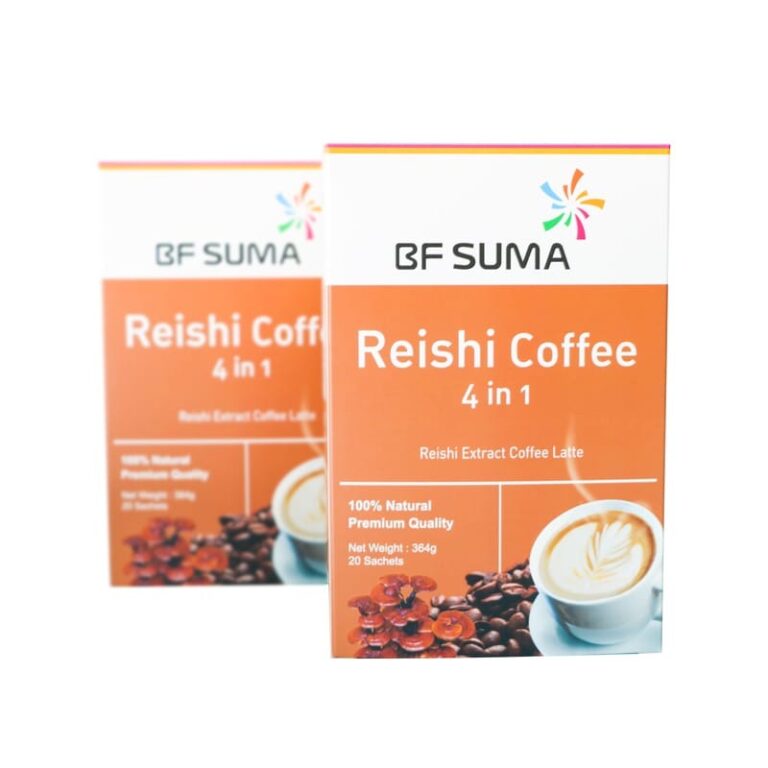What Is Glycyrrhizin Used For?
Glycyrrhizin, the primary active component of licorice root, has a history of application in traditional medicine for the treatment of conditions including jaundice, gastritis, and bronchitis.
Glycyrrhetinic acid, flavonoids, hydroxyl coumarins, and b-sitosterol make up the bulk of the compound’s components.
Glycyrrhizin is the principal component of licorice.
It is an extract derived from the licorice plant and it has been used to treat excessive sweating, gastrointestinal disorders, bronchial asthma and urinary incontinence.
Very good for respiratory problems that are caused by long hairs in the throat.
Is Glycyrrhizin Good For Skin?
💥🎁 Christmas & Year-End Deals On Amazon !
Don't miss out on the best discounts and top-rated products available right now!
🛒 Shop Now & Save Big Today!*As an Amazon Associate, I earn from qualifying purchases.
It is employed in the treatment of cutaneous conditions such as eczema and acne. In addition to having a positive effect on skin lightening and anti-aging, it contains a high concentration of antioxidants.
Studies suggest that an extract of licorice root, also known as Glycyrrhiza glabra extract, may assist in the fight against bacteria that infect the skin.
Glycyrrhizin is rich in vitamins and minerals, it can help keep skin healthy and promote healing.
What Foods Contain Glycyrrhiza?
Glycyrrhizin is extracted from the root of the licorice plant, which is a small leguminous shrub native to Europe and Central Asia and is known as Glycyrrhiza glabra L. licorice.
It is widely cultivated in Central Asia, China and Japan.
Glycyrrhiza glabra plant has been used as a traditional medicine for the treatment of gastrointestinal disorders such as gastritis, diarrhea and dyspepsia.
💥🎁 Christmas & Year-End Deals On Amazon !
Don't miss out on the best discounts and top-rated products available right now!
🛒 Shop Now & Save Big Today!*As an Amazon Associate, I earn from qualifying purchases.
The commercial extract of Licorice root is a whitish to purple-brown substance with distinctive odor, similar to that of black licorice at appropriate concentration. There are varieties of Licorice with different tastes such as light and dark licorice.
What Is Glycyrrhizin Found In?
Glycyrrhizin is found in the root of licorice, which comes from a small shrub in Europe and Asia called Glycyrrhiza glabra L.
Glycyrrhizin helps in replenishing the tubular cells within the gut and improves its ability to absorb water and nutrients.
What Candy Has Glycyrrhizin?
Black licorice Glycyrrhizin (also known as glycyrrhizic acid) is the chemical in black licorice that gives it its distinctive flavour while also contributing to its toxicity.Fruit Stripe gum has glycyrrhizin, which is a sweetener.
What Is Glycyrrhizin?
Glycyrrhizin is a plant glycoside extracted from the roots of the liquorice plant. It is a very sweet tasting molecule that has all types of health benefits.
Glycyrrhizin is a powerful anti-inflammatory compound that also has antiviral and antibacterial properties.
💥🎁 Christmas & Year-End Deals On Amazon !
Don't miss out on the best discounts and top-rated products available right now!
🛒 Shop Now & Save Big Today!*As an Amazon Associate, I earn from qualifying purchases.
Glycyrrhizin powder is used to inhibit the activity of enzymes in the body, which is why it’s commonly combined with other supplements to improve their absorption in the body and increase their efficacy.
Glycyrrhizin is an extract derived from the licorice plant and it has been used to treat excessive sweating, gastrointestinal disorders, bronchial asthma and urinary incontinence.
It is considered as a traditional remedy for the treatment of illness in the families with a long and illustrious history.
What Are The Benefits Of Licorice?
Over 300 different chemical components including flavonoids may be found in licorice root. It has been discovered that licorice contains a molecule called glycyrrhizin, which has being investigated for its potential therapeutic use.
It has been demonstrated that this potent phytochemical may lessen the amount of fat stored in the body, cure stomach ulcers, and fight infections.
Licorice is used as a laxative, to treat ulcers and as an expectorant for coughs.
💥🎁 Christmas & Year-End Deals On Amazon !
Don't miss out on the best discounts and top-rated products available right now!
🛒 Shop Now & Save Big Today!*As an Amazon Associate, I earn from qualifying purchases.
It also is used for heartburn, stomach cramps, and food poisoning. Licorice might ease releive stomach pain or help prevent them.
Do Black Jelly Beans Contain Glycyrrhizin?
Glycyrrhizin, found in black licorice, has been linked to high blood pressure and low potassium levels. These diseases can result in life-threatening cardiac arrhythmias, fluid retention, and congestive heart failure.
The black jelly beans weren’t as much to issue as the licorice flavoring.These conditions can result in potentially life-threatening arrhythmias of the heart, the retention of fluid, and congestive heart failure.
Keep in mind that many herbal supplements and teas contain the substance as well.
Although it may be simple to avoid excessive amounts of licorice when turning down treats or alcoholic beverages, it is important to remember that many herbal supplements and teas contain the substance.
Despite the fact that licorice consumption is more likely to cause hypertension in people who are already at a higher risk of developing the condition.
💥🎁 Christmas & Year-End Deals On Amazon !
Don't miss out on the best discounts and top-rated products available right now!
🛒 Shop Now & Save Big Today!*As an Amazon Associate, I earn from qualifying purchases.
(Those who have pre-existing high blood pressure or underlying health conditions), medical professionals warn that you should seek medical attention if consuming licorice leads to the development of any abnormal symptoms.
Does All Black Licorice Contain Glycyrrhizin?
Given the fact that not all licorice or licorice-flavored products actually possess glycyrrhizin (some contain anise oil instead or have had the glycyrrhizin removed);
It is advised that consumers of all ages not to eat a large amount of glycyrrhizin-containing black licorice all at once and to stop eating it if they experience any adverse reactions.
It contains glycyrrhizin, a phytochemical which has been shown to possess antifungal, antiviral and anti-cancerous properties. Not all black licorice contains glycyrrhizin; only unprocessed licorice root is known to do so.
Licorice extract may improve skin appearance by suppressing melanogenesis and inhibiting tyrosinase activity.
Do Twizzlers Contain Glycyrrhizin?
The Black Licorice Twizzlers contain a negligible quantity of licorice extract, and their glycyrrhizin levels are far lower than the acceptable levels (3.1 percent glycyrrhizin in soft candy).
💥🎁 Christmas & Year-End Deals On Amazon !
Don't miss out on the best discounts and top-rated products available right now!
🛒 Shop Now & Save Big Today!*As an Amazon Associate, I earn from qualifying purchases.
On the packaging of any Twizzlers Black Licorice goods that use licorice extract, you’ll see a listing for this component.
Does Red Licorice Contain Glycyrrhizin?
There is no need for concern (except for the calories). Glycyrrhizin is the component that has the potential to trigger such a wide variety of significant adverse reactions. This is the natural taste that may be found in black licorice, but red “licorice” does not contain it.
Red licorice does not contain glycyrrhizin and does not lead to increased blood pressure.
Red Licorice contains Glycyrrhiza/ Liquiritia Radix Powder, which is a natural sweetener containing glycyrrhizin, a substance that might raise blood pressure.
Four red licorice jelly beans contain three times the recommended daily dosage of glycyrrhizin, which can cause high blood pressure, loss of potassium in the urine and edema.
Does Anise Contain Glycyrrhizin?
Anise oil does not contain glycyrrhizin, an active compound that is the main source of licorice’s sweetness and flavour.
💥🎁 Christmas & Year-End Deals On Amazon !
Don't miss out on the best discounts and top-rated products available right now!
🛒 Shop Now & Save Big Today!*As an Amazon Associate, I earn from qualifying purchases.
The oil is also used to flavour vodka and other alcoholic drinks. Licorice extract has been shown to possess strong anti-inflammatory effects.
Is Fennel The Same As Licorice?
Anise, fennel, and licorice are three very distinct plants, but all three of them have flavour profiles that are quite comparable.
They are all pleasantly fragrant and sugary. This frequently results in confusion when consuming foods that include any of these ingredients.
Licorice contains glycyrrhizin, and there is some evidence that this may lead to health problems, particularly in susceptible individuals.
What Poison Smells Like Licorice?
Methylcyclohexanemethanol, often known as MCHM, is a kind of alicyclic alcohol that typically occurs in nature as a combination of the Trans shown and cis isomers.
It is a clear liquid that has a scent similar to that of licorice or mint. If it is breathed in, consumed, or allowed to come into touch with the skin, it may be harmful to animals as well as people.
What Are The Side Effects Of Licorice?
💥🎁 Christmas & Year-End Deals On Amazon !
Don't miss out on the best discounts and top-rated products available right now!
🛒 Shop Now & Save Big Today!*As an Amazon Associate, I earn from qualifying purchases.
Licorice use is associated with a number of common adverse effects, including: absence of menstrual periods, erectile dysfunction, congestive heart failure, and decreased sexual desire (libido) are the symptoms of this condition.
Lungs that have too much fluid in them (pulmonary edema), Fluid and sodium retention, among other things Headache, Unhealthy levels of blood pressure (hypertension), encephalopathy brought on by hypertension.

